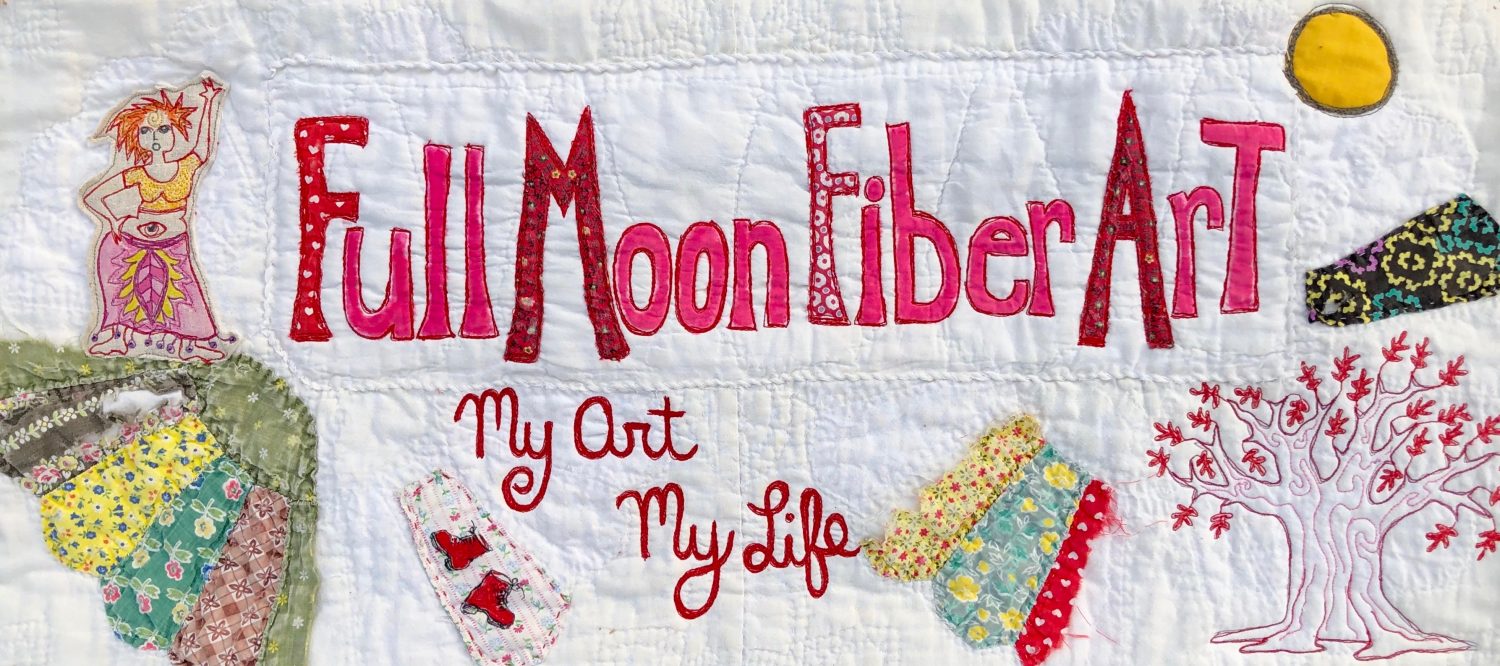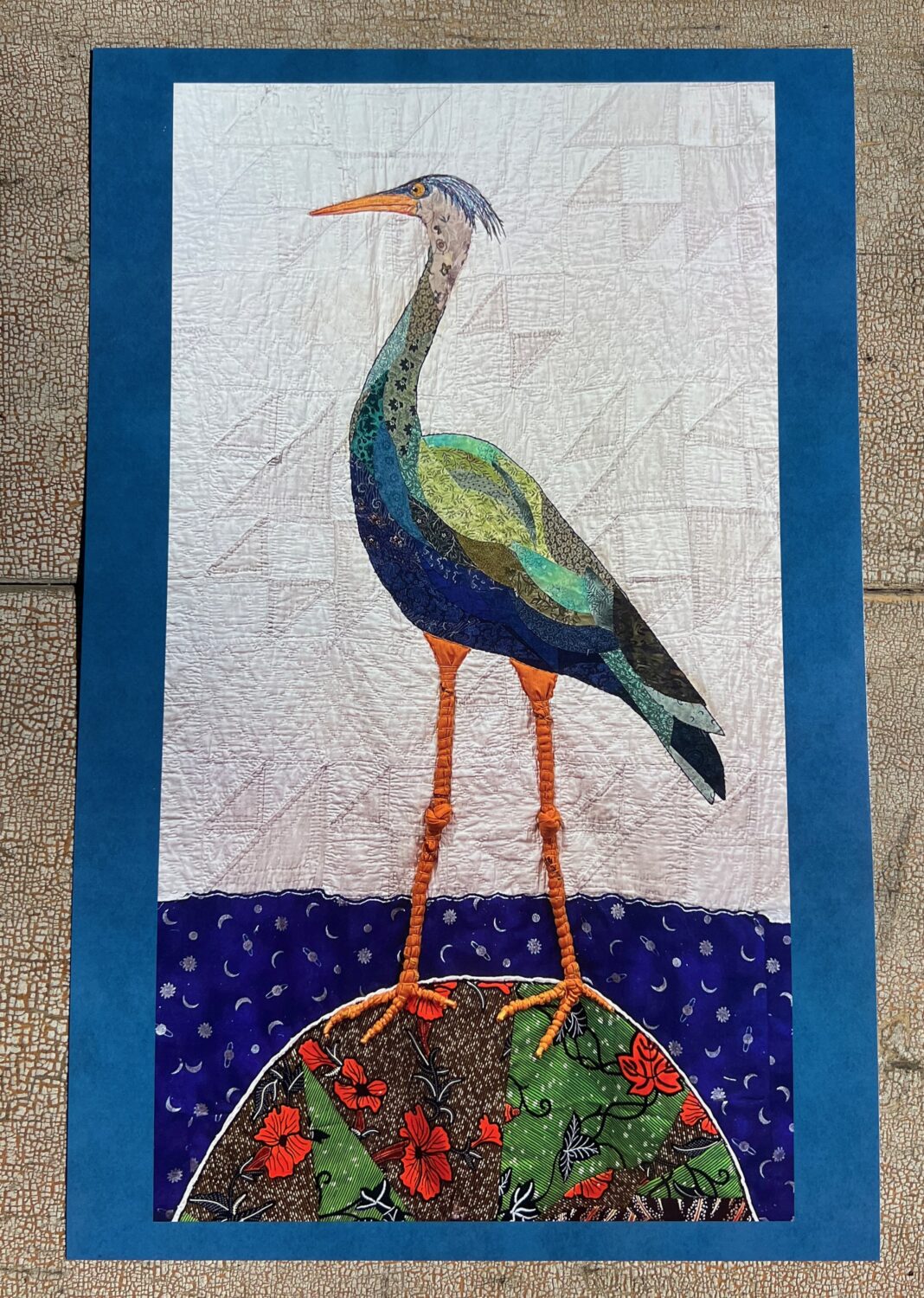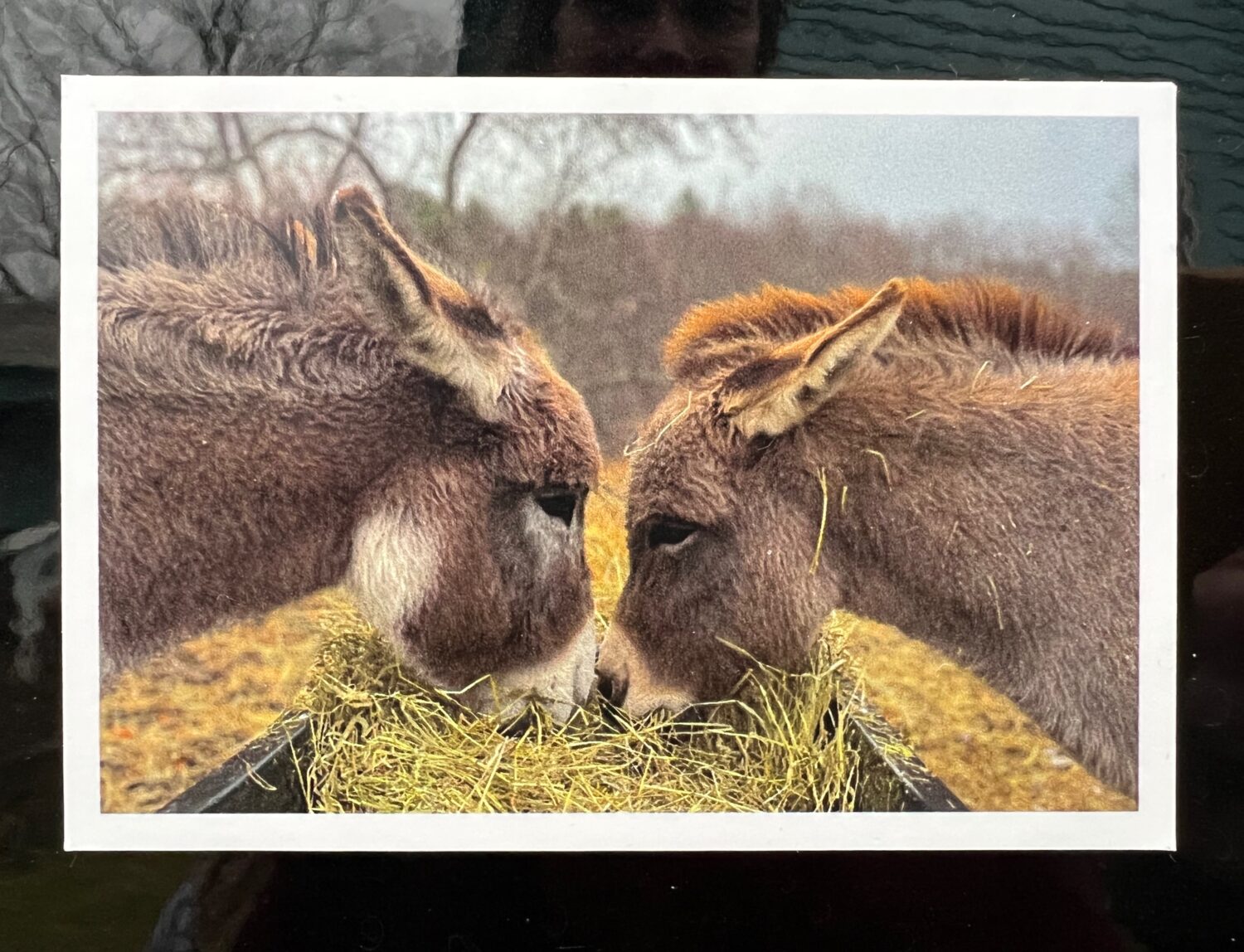
The first thing I did was cook up the indigo Rit fabric dye. Then I got some pieces of wood from the basement. In my office/guest room I found a bag of rubberbands, some popsicle craft sticks (I have no idea where they came from, but I found them tucked away in a draw), binder clips and jute. On the way out I reached into the basket by the back door and pulled out some clothespins.

I cleared off the desk in my studio and put down a couple of towels under the dye pot and bowl of cold water.

There are lots of ways to fold and tie off a piece of fabric to make established Shibori designs. I watched a couple of videos and looked at a few websites that explained the process.
But I find it boring to make something if I already know what it’s going to look like when I’m done. So instead of following specific instructions, I got a feel for how it works and started experimenting.

This is what that same hankie looked like when I took it out of the dye bath and removed the sticks, rubber bands, and binder clip a half-hour later.

And this is what it looked like when I unfolded it and rinsed it off.
Then I just kept making more. I tried to dye two and three hankies together, but it didn’t work out so well. The top hankie absorbed most of the dye and the second and third layer was almost too light in color.

This is another technique of wrapping the hankie around a round dowel, then winding yarn around it and scrunching it all down to one side. The photo above is of the hankie after I took the yarn off.

Here it is before I rinsed it off. It had a wavy look going from darker to lighter. You can see more hankies where I did something similar in the photo at the top of my blog.

I kinda like the way the hankies look all folded and tied. This was my last batch before I quit for the night. After letting them soak I got the idea to use a button instead of the thin pieces of wood. You can see how that turned out. It’s the Shibori Hankie in the middle of the photo at the top of my blog with the circles on the ends.
These were still wet when I left my studio and they’ll dry lighter. Once they’re dry and I give them another rinse under cold water I’ll know if I need to leave them in the dye longer than a half-hour.
I will have to come up with a better drying system. I’d hang them on the clothesline, but it’s so cold out now they’ll just freeze. So maybe I’ll hang a line in my studio.
I enjoyed making these and I do like the way many of them came out. So I’ll be at it again tomorrow.















They are beautiful! Each a work of art. The one in the top left corner intrigues me. When I focus on the dark center line I see an angel with wide graceful wings, then when I shift my focus outward I see the face of a coyote. I can’t wait to see how your project blooms!
Your hankies turned out great!
What a great creative project to start the New Year with, looking forward to following along, and seeing what else you discover, how the hankies turn out, and how you decide to use them.
What gorgeous results. Your creative talents have started with a bang for this new year!
Nice coincidence-I have begun to sew a new jumper which is indigo dyed, completely hand-sewn as usual.
Ah it must be in the air Erika. The year of Indigo. I do believe in that kind of thing. Good luck with your jumper and thanks!
It must be the Year of Indigo. The Albuquerque Museum is having an exhibit titled “Indelible Blue: Indigo Across the Globe” from January 8 – April 24. It was inspired by a documentary film “Blue Alchemy” by Corrales, NM filmmaker Mary Lance, tracking the history of indigo from ancient times to today. “Indigo is much more than a shade of the color blue. For some artists, it’s an encompassing process that includes growing the plants and making the dye, and using it to create final works. For others it’s a representation of the past, a way to honor ancestors.” I will go see this and report back!
That’s really interesting Jill, I’ll have to look it up online. and yes, I’d love to hear what you find there. I’ve thought of actually using Indigo as a dye but it’s so complicated I gave up on the idea. The history of certain colors is really fascinating. Now I just buy a bottle of Rit dye and make things indigo. You’ve inspired me to look into the history of the color more. Thanks!
There’s a Museum Member’s preview of the exhibit tomorrow, so I’m going to try to catch that. One, because it’s free! and two, because it will be less crowded.
Ah enjoy Jill!